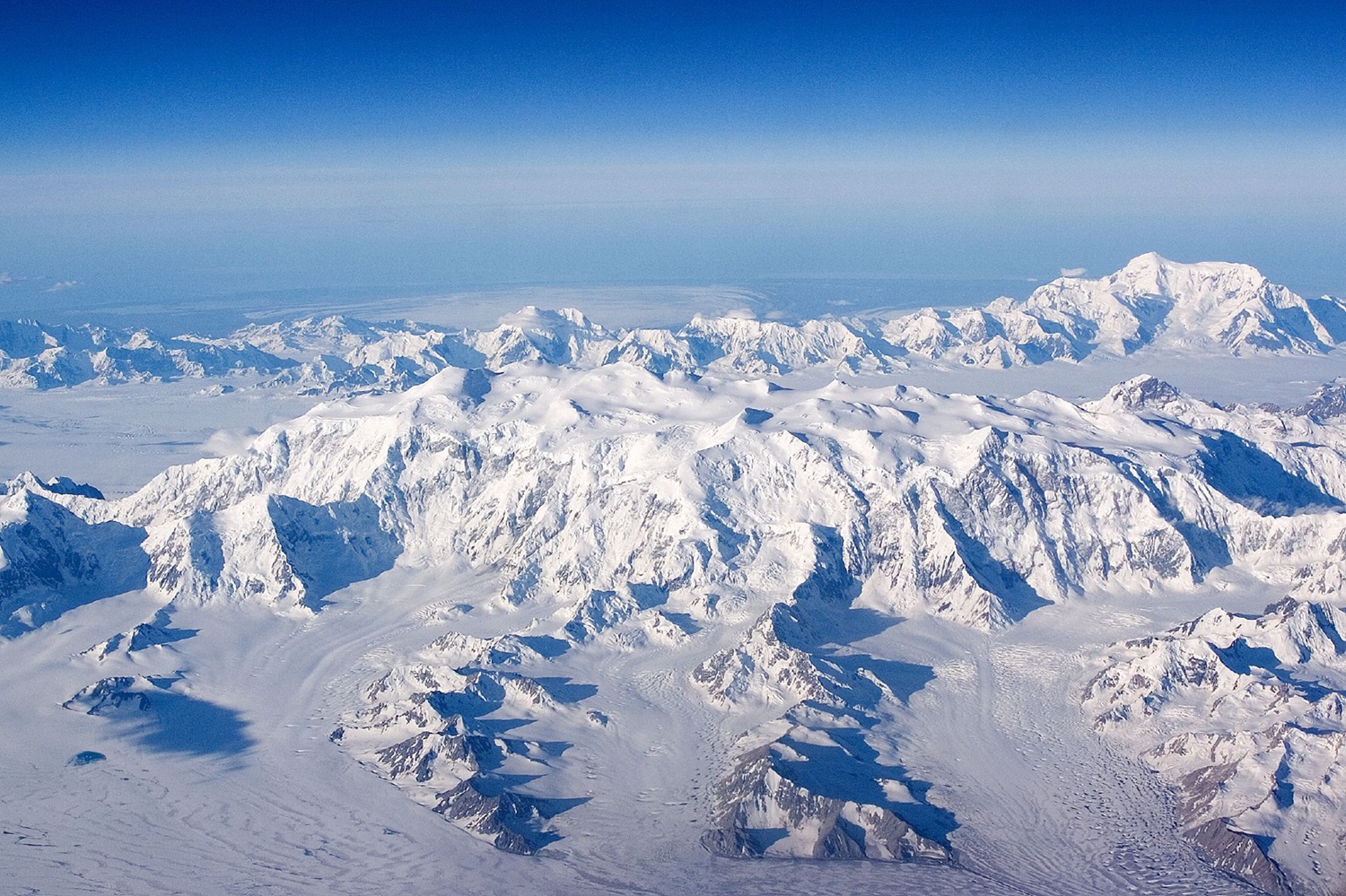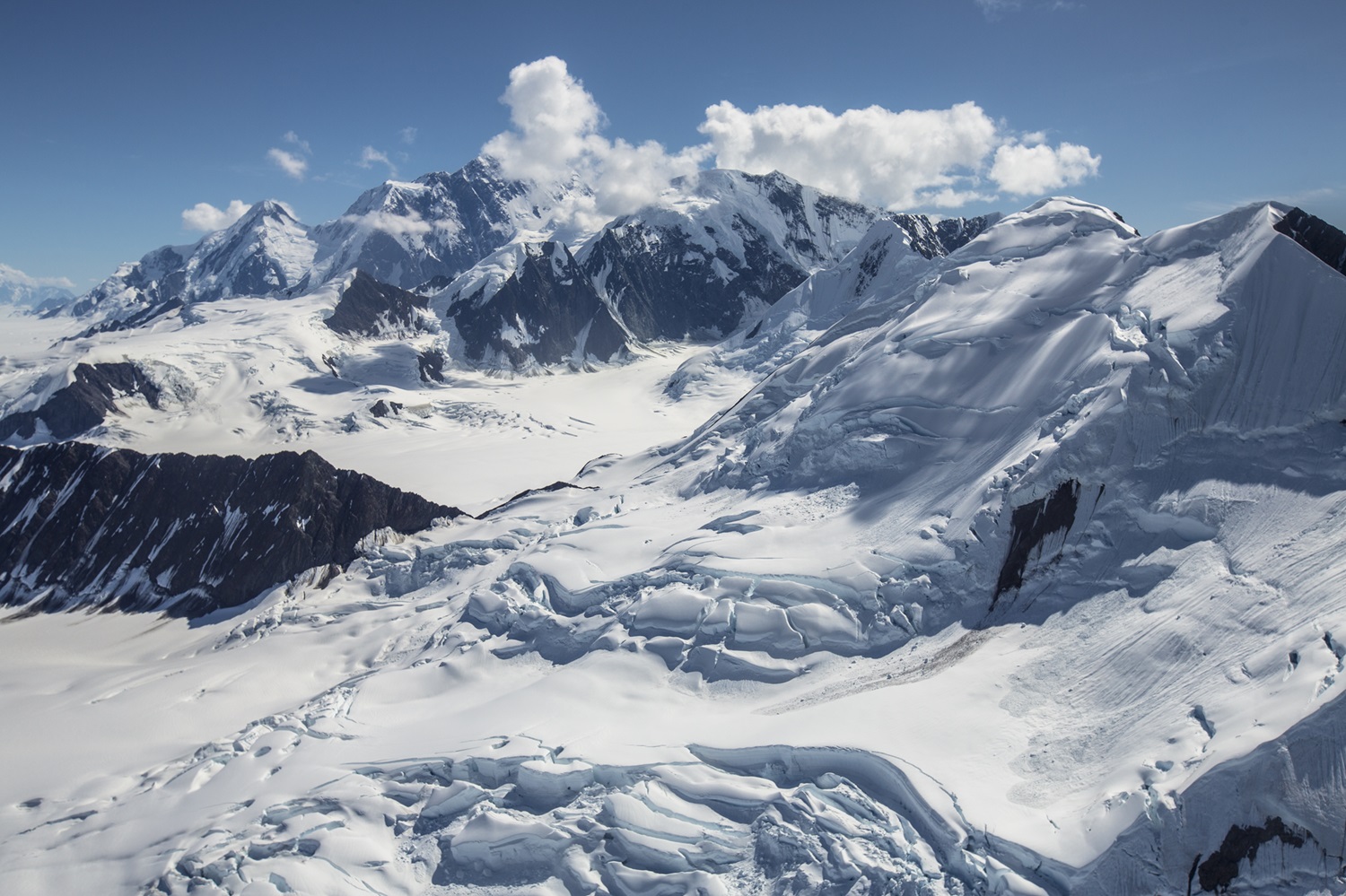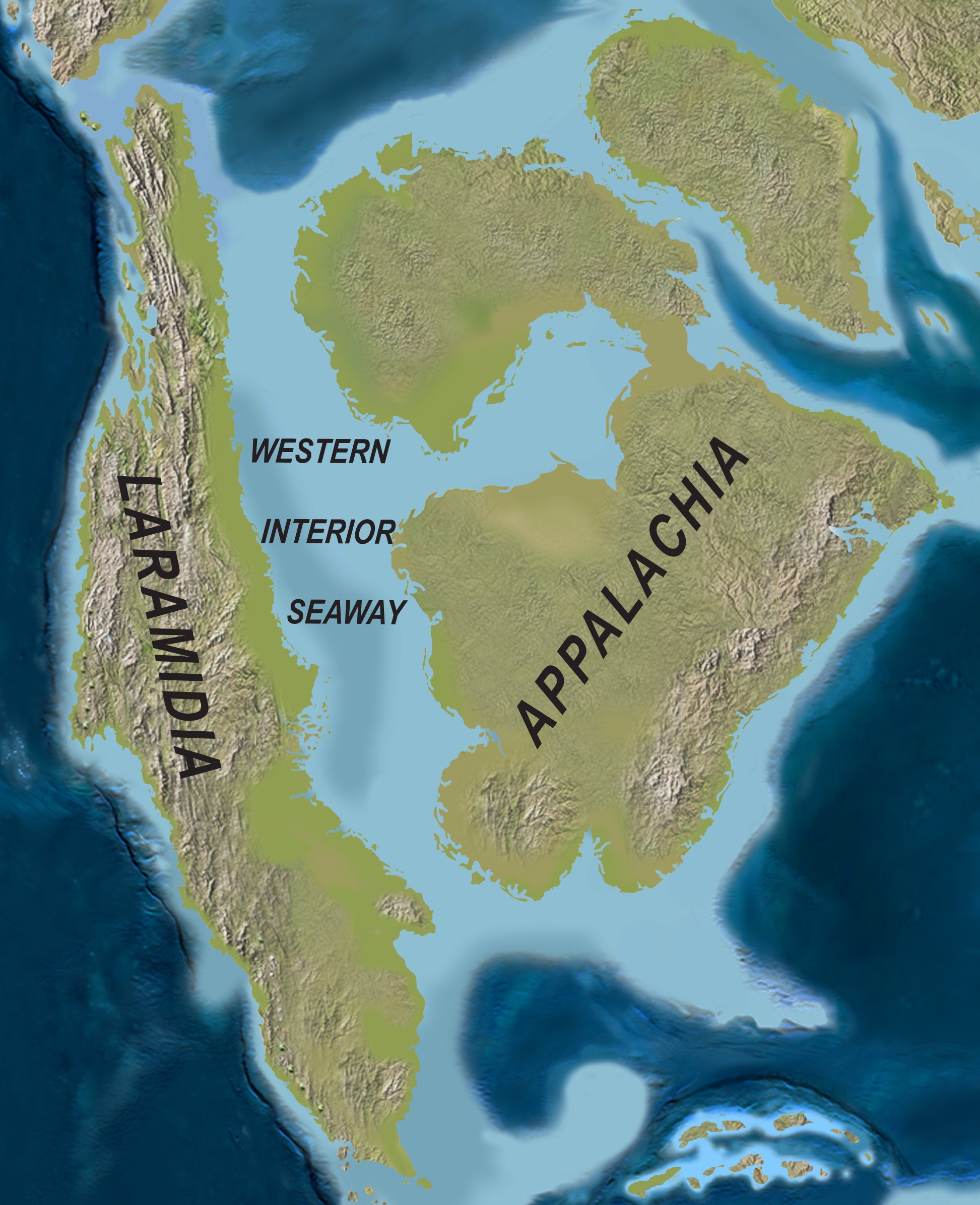Mountains are prominent landforms which jut out above the surrounding landscape. Often known for their natural beauty, mountains can be popular destinations for hikers and tourists. In Canada, the Rocky Mountains of British Columbia and Alberta are especially beloved. Further north, Yukon’s Mount Logan is the tallest peak in Canada, reaching 5,959 m in altitude.

Description
A mountain is a landform with steep sides and a narrow summit area that rises prominently above the adjacent land. A mountain is taller than a hill and smaller in area than a plateau. The distinction, however, is relative, depending more on relief (vertical distance from summits to valleys) than on size or elevation (vertical distance above mean sea level). Tall mountains can extend above the tree line and even be perpetually snow-tipped. The harsh weather near the summit of mountains often leads to distinct plant and animal adaptations.

Formation
Mountains form as a result of various geological processes, including volcanic activity, tectonic activity and erosion.
Volcanic mountains or volcanoes are built by the accumulation of lava and solid ejecta from a volcanic vent. Tectonic mountains have been elevated by crustal disturbances such as folding, faulting or plutonic activity (see Plate Tectonics). The Rocky Mountains, for example, were formed through tectonic activity over millions of years. Erosional mountains are remnants of once larger uplands that have been eroded down by streams or glaciers (see Glaciation).
Most mountains are the product of several processes, and their shape depends on their age, rock type and climate, which influence the type, extent and rate of erosion.
See also Geological Regions.

Notable Mountains
Mount Everest (elevation 8,847.7 m), in the Himalayas, is the highest point on the Earth. However, the highest mountain in Canada is Mount Logan (elevation 5,959 m) in the Yukon. Mount St. Elias (elevation 5,489 m) is the second-highest peak in Canada. These mountains are also the second and fourth-highest mountains in North America. Mount Denali (elevation 6,190.5 m) in Alaska, United States, is the highest mountain in North America, and Pico de Orizaba (elevation 5,636) in Mexico is the third highest mountain in North America.
The mountains having the greatest relief on the Earth are the volcanoes of oceanic islands, which rise from the deep ocean floor. For example, Mauna Kea, the highest mountain in Hawaii, extends 9,752 m from the ocean floor.


 Share on Facebook
Share on Facebook Share on X
Share on X Share by Email
Share by Email Share on Google Classroom
Share on Google Classroom






